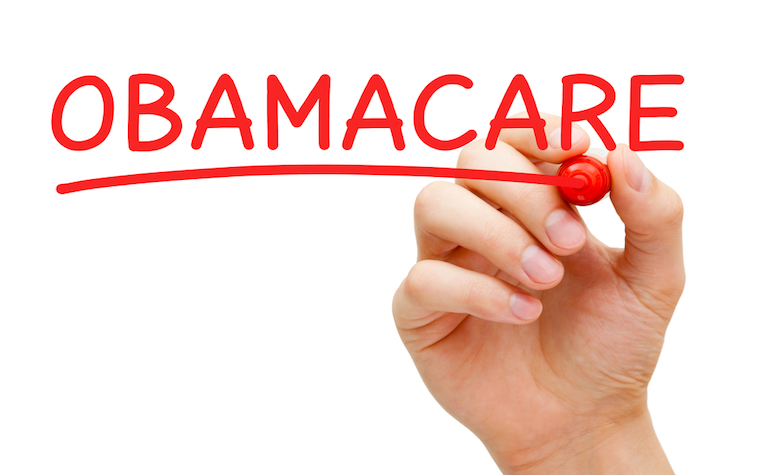
Anthem Inc. recently predicted a rise in insurance premiums for 2017 due to many insurance companies underpricing their policies or not making enough of a profit to sustain operations.
The National Center for Policy Analysis (NCPA) sees these predictions as inevitable, with taxpayers being affected the most.
“I believe insurance rates will continue to rise,” Dr. Devon Herrick, senior fellow at NCPA, recently told Patient Daily. “All the insurers report people gaming the system -- using special enrollment periods to wait to sign up until they need care, only to drop once they’ve received care.”
Herrick explained that, according to an Aetna report, those who enroll during open enrollment tend to stay only eight or nine months on average, while those using special enrollment periods stay half that long.
“No risk pool can withstand this type of activity,” he said.
With regard to subsidies for those with limited incomes, a rise in premium costs would directly affect the taxpayer.
“The subsidies in the exchange are already designed to be open-ended,” Herrick said. “Subsidies are not a fixed-dollar credit. Rather, the ACA caps premiums at a specific level of income. As a result, almost all of the premium increases for those receiving subsidies are borne by taxpayers.”
Herrick warned that the effects of these rising rates will primarily encourage healthier people to drop coverage -- or avoid the exchange all together.
“The trouble with this idea is that people tend to resist when they’re expected to pay $100, $200 or even $300 more per month for coverage that they don’t perceive as having any benefit,” he told Patient Daily.
Herrick went on to explain that many experts had predicted these cost increases, which were caused by exchange plans predicated on the idea of forcing young, healthy people to overpay so older, less healthy people get a larger subsidy.
“Currently, less than one in five are people paying the full cost of their coverage,” Herrick said. “About 83 percent of exchange enrollees are those receiving subsidies. Some of the people paying the full cost may be less healthy than average and find any coverage to be better than nothing. But it appears the exchange is turning into a high-risk pool for people who are sicker than average.”
Herrick continued by stating that good health tends to be correlated to wealth. Therefore, the type of people who find exchange policies to be a good deal -- either because they are sick or because they’re getting a large subsidy -- are not the type of customer the exchange plans need to survive.
“This adverse selection is likely to continue until the system collapses and no insurers want to sell coverage in the exchange,” he told Patient Daily.